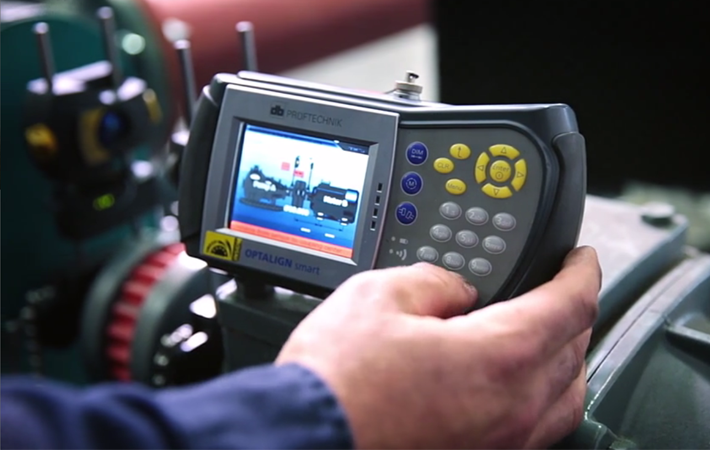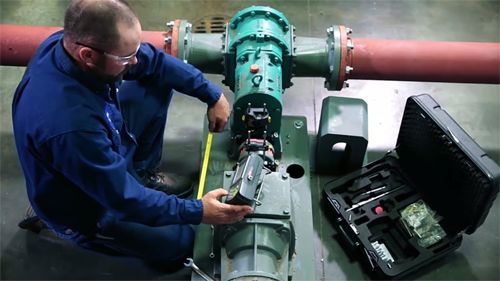
 Imagine you’ve just finished installing a new pump. You’ve aligned it perfectly and put it into commission. But not long after install, the pump starts to experience issues indicative to misalignment. Things like bearing failure, and seal failure. But you know it was aligned properly. What happened?
Imagine you’ve just finished installing a new pump. You’ve aligned it perfectly and put it into commission. But not long after install, the pump starts to experience issues indicative to misalignment. Things like bearing failure, and seal failure. But you know it was aligned properly. What happened?
We’ve published many articles over the last couple years about the importance of pump alignment. The fact that proper pump alignment means more reliable performance is nothing new to our readers, or anyone who has ever worked with pumps before. But did you know there are times when it's necessary to adjust your pump alignment at installation to compensate for things like thermal growth and machine movement?
Thermal Growth
Thermal growth is the expansion of the metal on a pump due to temperature change of that metal. Thermal growth can be minimal, or can make a huge difference in the pump’s alignment. Much of this depends on the temperature, the pump’s material of construction, and the pump’s size.
There’s a formula commonly used to calculate the expected amount of thermal growth called the T x L x C formula. T represents the average temperature change (in degrees Fahrenheit), L represents the length of the material (in inches), while C represents the material’s coefficient of linear expansion. Multiplying these three numbers together will allow you to predict the expansion, therefore telling you how much you should purposely misalign the pump so it is aligned during operation.
Unfortunately, variables that affect thermal growth can be many, and aren't always easy to calculate.
For many applications, a properly performed alignment at install will be all that's needed. If there is a significant change in temperature of the pump, or its product, thermal growth will likely cause a change in the alignment when running. These applications require a "hot alignment". This is done in three steps:
Machine Movement
Some pumps will experience movement while in operation due to dynamic load shifts. Dynamic load shifts cause shaft centerlines to shift out of line from their position when they were stopped.
In this case, vibration analysis can help determine if a dynamic misalignment exists. Further inspection and testing can isolate the cause of movement to determine the corrective action.
Having the pump aligned at installation is important, but it’s even more important to ensure the pump stays aligned during operation. If you have a pump that shows signs of bearing failure, seal failure, or other common symptoms of misalignment, call in a vibration analyst with the tools and know-how to diagnose the problem. Some quick adjustments could mean more reliable days ahead.
Issues with bearing and seal failure? Ask us about it! We gladly provide technical assistance to businesses and municipalities in Wisconsin and upper Michigan.
These Stories on Equipment Maintenance
Headquarters and Service Center
Located outside Green Bay, WI
707 Ford Street
Kimberly, WI 54136
920-733-4425
OptiFlow Design and Build Center
1002 Truman Street
Kimberly, WI 54136
920-733-4425
Burnsville Service Center
12265 Nicollet Avenue
Burnsville, MN 55337
952-444-1949
Grand Rapids Service Center
26489 Industrial Blvd
Cohasset, MN 55721
952-444-1949
© Copyright 2024. Crane Engineering. All Rights Reserved. Privacy Policy.